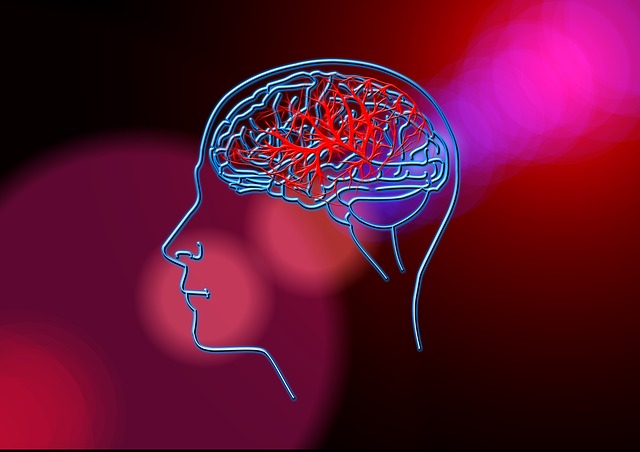
No permanent damage results from a transient ischemic attack (TIA), sometimes called a mini-stroke. It is caused by a short-term blockage of a blood vessel supplying blood and oxygen to the brain.
Although its effects—which can include trouble speaking, dizziness, blurred vision and weakness on one side of the body, among other signs—last less than 24 hours before disappearing, a TIA is a warning that a full-blown stroke could occur within days or months. This happens in more than a third of people who experience TIAs.
To determine what caused the blockage, your physician will order tests, so treatments targeted to preventing future TIAs or strokes can begin. These might include drugs to manage high blood pressure and/or cholesterol, or surgery if the blockage occurred in the carotid artery.
Most crucial, never ignore the warning signs of stroke or TIA. Simply remember FAST:
• Face: Ask the person to smile. Does one side of the face droop?
• Arms: Can the person raise both arms? Does one stay lower than the other?
• Speech: Can the person repeat a simple sentence without errors or slurring?
• Time: Call 911 immediately if any symptoms are present.
After a TIA, we can help patients improve physical skills by creating exercises to improve balance and mobility, routines to increase muscle strength and strategies to improve the ability to transfer from one position to another. We can also suggest ways to incorporate various lifestyle changes, such as eating healthier and stopping smoking, which can reduce the risk of TIA and stroke.


















